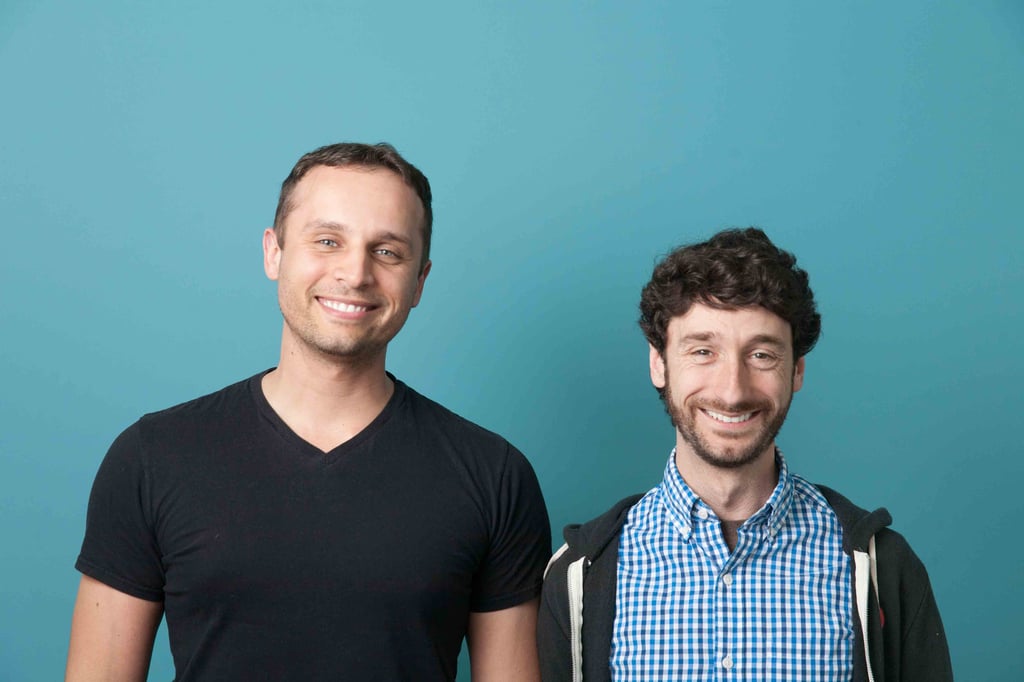Today is a big day for the Owl Labs team.
We’re coming out of stealth after a two-and-a-half year sprint building our first hardware product. We’re announcing our $6M series A led by Matrix Partners. And we’re approaching the home stretch to our product launch happening this summer. It’s a lot to be excited about, and trust me, there’s still a lot more to be done.
Our mission is to help remote participants truly feel included during team meetings, because unfortunately more often than not … they don’t.
Perhaps you’ve experienced this yourself. Think back to a time when you needed to dial into a video conference call, and it just so happened that the majority of the group was sitting together in a conference room while you were at home. What did it feel like?
If I were to guess, most likely you felt like a fly on the wall. Maybe it felt like you were there only to watch the group have their meeting without you. And even if you tried to make it work, I bet it was extremely hard to participate.
This problem is near and dear to my heart, and the reason we created Owl Labs is to fix this type of pain.
The story begins in 2004, where I spent many magical years at iRobot working in the Advanced Development team on technology directly and indirectly related to Roomba. It was a dream job, for sure. At iRobot I learned to be a roboticist, I met a ton of amazing people, and I learned the critical value of developing technology that has purpose and is accessible (affordable and usable) to lots and lots of people.
In 2012 I stumbled across the opportunity to join a very young robotics startup called Romotive. The only issue? They weren’t located in Boston. It was one of the first companies to join Tony Hsieh in his mission to turn old downtown Las Vegas into a hotbed for tech innovation.
I loved what Tony was trying to do in Vegas, but moving there wasn’t in the cards for me. I remember distinctly telling the folks at Romotive that there was no way the remote gig would work long-term. But Romotive was a startup willing to take chances, and they encouraged me to make the leap.
>Nearly two years later, I learned that working across the country actually was sustainable. However, there was one part of my job that very clearly did not work, and that was collaborative meetings. One-on-one meetings weren’t bad, thanks to Google Hangouts. But when it came to group meetings … forget it.
I couldn’t hear, I couldn’t see. I felt completely disconnected and often forgotten about. I always had a battle going on in my mind about whether my ideas were important enough that I should interrupt the meeting flow, or if I should ask people to repeat themselves. I felt like a burden during these meetings instead of an integral team member. Weekly team meetings, daily stand-ups, and impromptu meetings were all frustrating, and I felt like I wasn’t being as effective as I should and could be.
My friends on the West Coast understood the difficulty too, and they also wanted me to be able to participate. (After all, that’s why they invited me to the meetings!) We tried a variety of USB microphones, but none seemed much better than what was built into the MacBook. We even bought a fairly sophisticated video conferencing system, but it turned out that it was incredibly difficult to set up and wasn’t even compatible with our computers, so we never got to use it. We needed something that was quick to set up, could outperform the sub $1K hardware that was available at that time, and truly made it so I could meet and interact with the team.
It was that need that inspired Owl Labs. I shared my vision with my old friend and colleague Max Makeev over beers in a dark pub (as you do in Boston). Max and I originally met at iRobot, and over the years we became great friends. His background made him a perfect fit to be my future cofounder. He started in electrical engineering and eventually turned to the dark side after moving to management and launching the flagship model Roomba.

Outside of iRobot, we dabbled in various entrepreneurial endeavors together. It didn’t take long to realize that making distributed team meetings work was a problem we were both really excited to solve, and we had lots of ideas on how to apply our robotics experience to do it.
[Note: This post was originally published on Medium.]